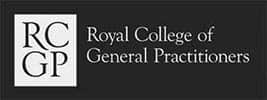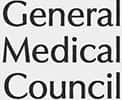The venesection was painless to say the least, thank you for using local anaesthetics; highly recommended
Platelet-rich plasma has been demonstrated to be a successful regenerative therapy for a wide range of medical conditions, including dermatology, dentistry and orthopaedics. Dr. Chia Tan, the founder of Harley Street MD, is a recognised specialist in platelet-rich plasma therapy (or PRP hair loss rejuvenation) and aesthetic treatments. This unique clinical treatment uses plasma from your blood to stimulate hair growth and prevent future hair loss. The PRP hair growth injection treatment process is quick and produces fast and visible results that appear natural. No pharmaceutical products are used, and it’s a non-invasive procedure with minimal discomfort and downtime.
If you have noticed your hair getting thinner or your hairline receding, you are one of 7.4 million men in the UK who are losing their hair at any one time. Two-thirds of all men go on to experience male pattern baldness. Hair loss is often dismissed as a minor issue, but it can have a huge impact on your confidence and psychological well-being. Various hair loss treatments have been proven to work; a few of the most popular options include:
• Medication — Topical treatments such as minoxidil (Rogaine) and oral medications finasteride (Propecia) can be effective, but hair loss medication has numerous associated side effects. The most common side effects include erectile dysfunction, upper and lower respiratory tract infections, urinary tract infections, nausea, abdominal pain and weight increase.
• Hair transplants — Surgically transplanting hair can be a successful way of combating male baldness. As with all surgery, there are risks of infection and scarring after a hair transplant. PRP hair treatment could be an excellent option if hair loss is getting you down and you’re struggling to find a solution that works for you.
• PRP hair treatment — The injected plasma used in PRP hair rejuvenation treatment works by introducing platelets to targeted areas. This improves the blood supply to damaged hair follicles, which helps stimulate and maintain healthy hair growth.
Anyone experiencing hair loss may find that PRP hair rejuvenation treatments work for them. Men with early hair loss tend to get very good results, and the sooner you start treatment, the better. If you have PRP for hair loss when you first notice your hair thinning, you will have a greater chance of stopping hair loss in its tracks.
Although there are no associated side effects, you might not be able to receive PRP hair treatment if you:
• Have been diagnosed with platelet disorders
• Take medications that inhibit platelet function
• Have an active infection on the scalp
• Suffer from uncontrolled diabetes
• Have severe anaemia.
PRP treatment for hair loss can produce results that are as effective as hair transplants but without the risks associated with surgery. To get the most effective hair rejuvenating outcomes, an initial round of four PRP treatments is recommended.
The majority of individuals will undergo four PRP hair treatment sessions at scheduled four to six-week intervals. Following the third PRP hair rejuvenation session, the requirement for additional treatments will be determined. All consultations on hair loss and PRP injections are handled by Dr. Tan.
Results from PRP hair rejuvenation treatment are generally visible after three weeks, but optimal collagen regeneration takes up to three months. To maintain optimal regrowth, many patients decide to have maintenance PRP hair treatments twice a year once the series is completed.
Effects may vary between individuals, and we highly recommend three sessions of PRP hair rejuvenation, four weeks apart, for optimal stimulation. There is no limit to the number of treatments you can have for maintenance, but we recommend a session every three to six months for the best results.
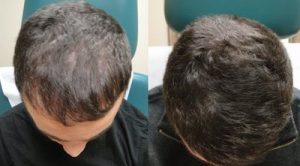
So, how does PRP hair rejuvenation work? Before PRP treatment for hair loss, your skin will be cleansed and disinfected. We will use topical numbing cream to ensure comfort, which takes about 10 minutes to work. An ice pack and Arnica cream will be provided if needed to minimise bruising. The risk of bruising is small as the needles used are tiny (i.e. 30G).
The PRP hair growth injection procedure takes around 30 to 45 minutes, including the injections. Many men see us at our Harley Street clinic in London for PRP hair loss treatment during their lunch break or after work. No downtime is needed, so you can return to your normal daily activities immediately following treatment.
We’ve outlined the three-step PRP hair loss treatment below:
A small amount of blood (20ml) is taken from your arm the same way as if you were having a blood test by your doctor. A blood sample is then put into a centrifuge, a machine used to separate fluids of different densities. The centrifuge separates the plasma, and Platelet Rich Plasma (PRP) is isolated and ready to be injected. PRP contains specific cells rich in growth factors that stimulate hair growth.
The PRP is injected into your scalp to stimulate the tissue and encourage natural, faster hair growth. This treatment is precise, and we inject the PRP into the exact locations of the head you want to target (if your hair follicle loss occurs in a specific area).
There is no risk of allergy or rejection, as PRP is obtained from your body and is made from your blood. As with any treatment involving injections, there is a small risk of side effects, including:
• Mild bruising
• Mild swelling (usually subsides within 48 hours)
• Infection (you might need antibiotics).
Dr Chia Tan established Harley Street MD, one of the UK’s only CQC-registered aesthetic clinics and oversees all injectable PRP injections at Harley Street MD in London. Furthermore, Dr Tan is a well-known GMC-registered doctor with several papers published in scientific and medical journals. Dr Tan continues to hold memberships with the:
• Royal College of Surgeons (MRCS)
• British College of Aesthetic Medicine (BCAM)
• Royal College of General Practitioners (MRCGP).
Numerous Google reviews of Dr Chai Tan demonstrate his enthusiasm for the fields of men’s health and cosmetic medicine. He currently serves as a trainer and instructor at a renowned aesthetic academy, instructing other certified medical professionals, including physicians, dentists and nurses, in foundational and advanced non-surgical aesthetic medicine techniques.
The research and studies references that we used in addition to our internal research have all been referenced here; most of them have an external link to the scientific publication. We work hard to bring you the most recent, impartial, factual, and evidence-based information to help you make informed decisions.
References
• Everts P, Onishi K, Jayaram P, Lana JF, Mautner K. Platelet-Rich Plasma: New Performance Understandings and Therapeutic Considerations in 2020. Int J Mol Sci. 2020 Oct 21;21(20):7794. doi: 10.3390/ijms21207794. PMID: 33096812; PMCID: PMC7589810. From: NCBI
• Hair Loss Medications: Where to Get, Effectiveness, and Side Effects. From: Healthline
• Evaluation of long-term efficacy of finasteride in Korean men with androgenetic alopecia using the basic and specific classification system. Volume46, Issue2 February 2019 Pages 139-143 From: Journal of Dermatology
PROCEDURE TIME 45-60 minutes
BACK TO WORK Next day
ANAESTHETIC Topical
FULL RECOVERY 5-7 days
DURATION OF RESULT 6-18 months
RESULTS 2-4 weeks
The venesection was painless to say the least, thank you for using local anaesthetics; highly recommended
‘I blast and cruise for years. When my haematocrit level went up, my GP did not seem to care and I couldn’t possibly wait for weeks to see a specialist. I am so lucky that to have found Harley Street MD through my research and it is the only clinic I have found that accept self-referral for therapeutic venesection due to AAS use.
I was recommended by my gym mate, I can’t thank you enough for sorting out my prolactin issue due to steroid use. You are a godsend.
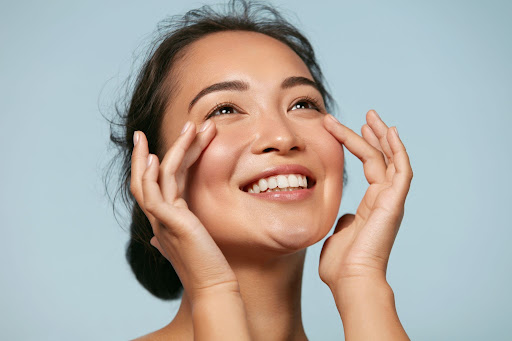
Your skin needs extra TLC in winter. However, keeping it hydrated during the summer is also essential. The additional sun, humidity, and sweating can make you susceptible to issues like…
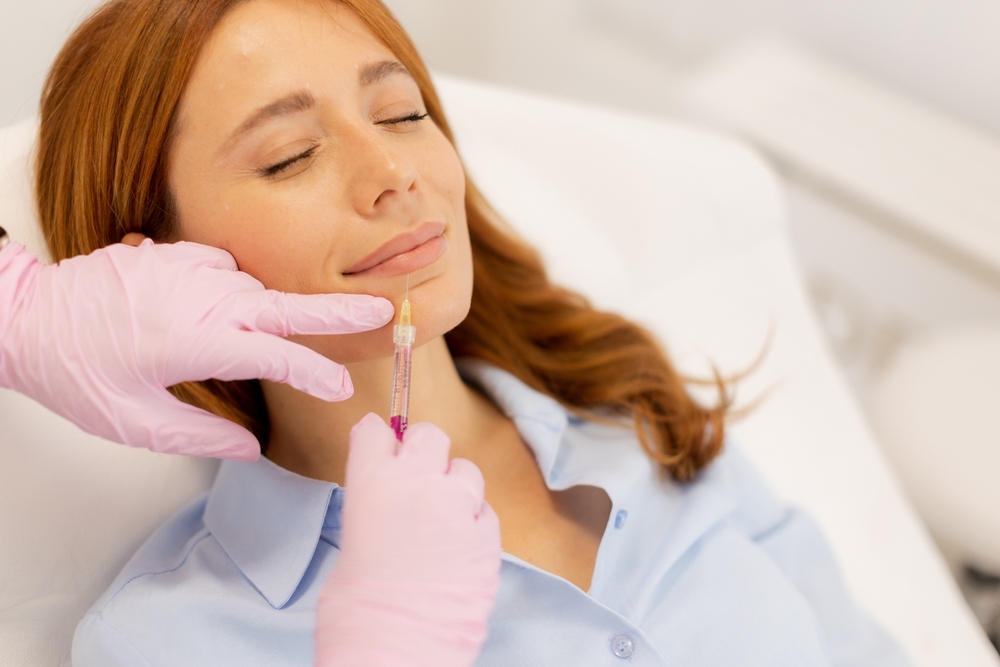
Lip enhancement is a fantastic way to improve the overall appearance of your lips and your face, whether you want a Kylie Jenner look or to fill them out for…

While testosterone therapy has become increasingly commonplace for men, there is less discussion around testosterone treatment specifically for women. We look at what is considered a healthy level of testosterone…
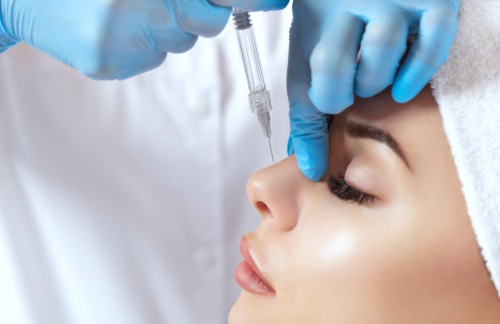
The shape of your nose can significantly impact not just how you look but also your self-confidence. As much as friends and family may assure you they can’t see the…
